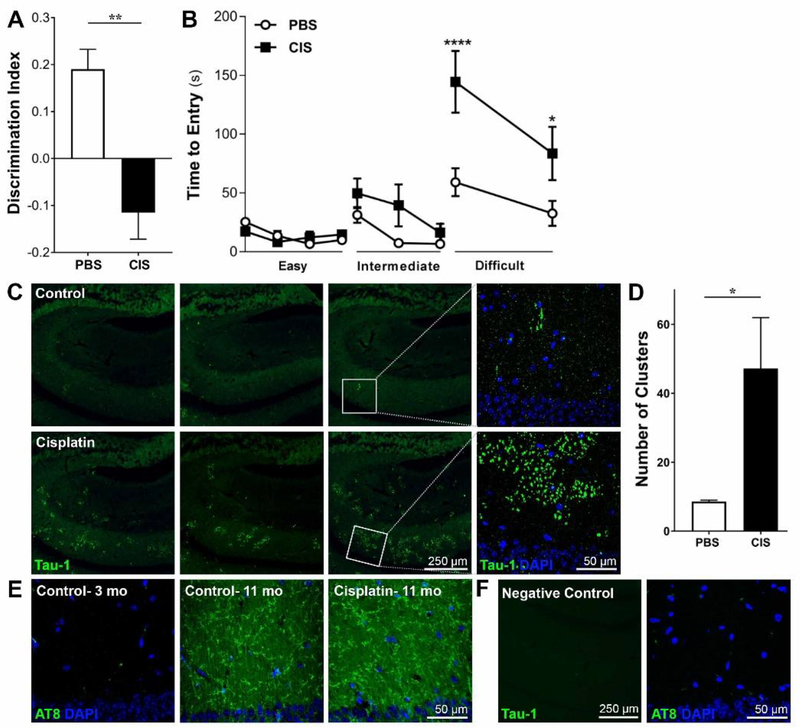Figure 1. Reduced performance in cognitive tasks and accelerated development of Tau-1 clusters in response to cisplatin.
Male mice were treated with cisplatin or saline at an age of 7–8 months and cognitive function was tested 3.5 months later. A. Performance in the NOPRT; data represents discrimination index calculated as (Time Novel – Time Familiar) / (Time Novel + Time Familiar). Results are expressed as mean ± SEM; n = 8 mice per group; **p < 0.01. B. Performance in the puzzle box testing 3 levels of difficulty: easy (open underpass; trials 1–4), intermediate (bedding in the underpass; trials 5–7), and difficult (underpass closed by plug; trials 8–9). Time to escape into the dark compartment is recorded. Results are expressed as mean ± SEM; n = 8 mice/group; * p < 0.05; ****p < 0.0001. C. Four months after the last cisplatin injection, brains of 11–12 month old mice were collected and slices from control (top row) and cisplatin (bottom row) treated mice were stained with a Tau-1 antibody. Representative examples of Tau-1 clustering in 3 different mice from each treatment group and a larger magnification of the clusters in one mouse per group are presented. D. Quantification of the number of clusters per hippocampus for control and cisplatin-treated mice. Results are expressed as mean ± SEM; n = 5 mice per group; * p < 0.05. E. Representative examples of phospho-tau immunofluorescence using the AT8 antibody in young control mice and in 11 month-old control and cisplatin-treated mice F. Representative images of staining controls on sections incubated with secondary antibodies without the addition of primary antibodies.

